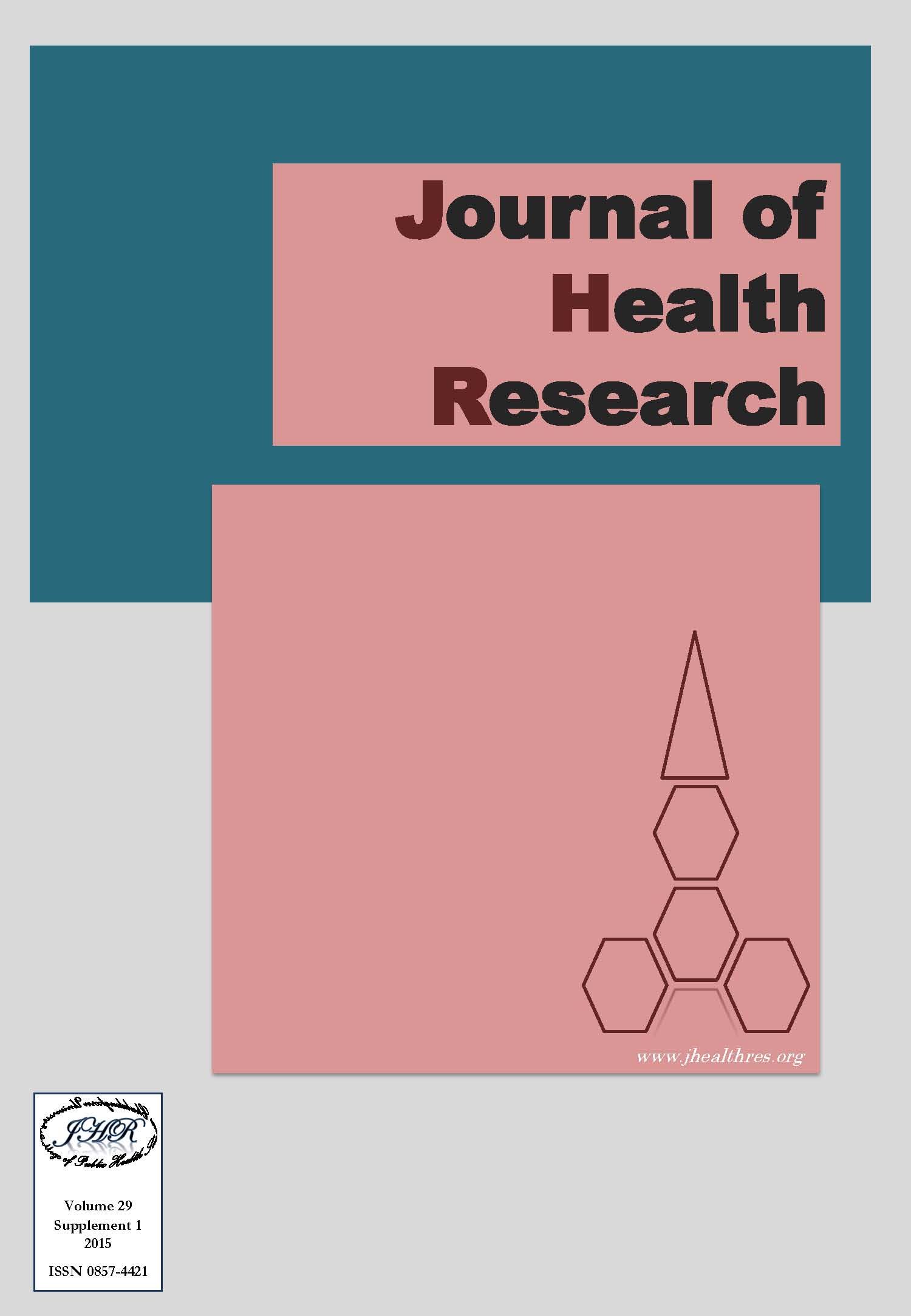The Relationship between Physical Function, Perceived Falls Risk Factors, and Environment and Falls Risk among Elderly People in Kota Jambi District, Jambi, Indonesia
Keywords:
Physical function, Perceived falls risk factors, Environment risk factor, Elderly people, IndonesiaAbstract
Background: For elderly people, falling is a crucial health problem that can lead to severe injuries and mortality, and it needs to be prevented with suitable strategies. Identifying the multifactorial causes of the fall risk model is a prerequisite to elucidate and prioritize the highest associations among falls risk factors. The purpose of this study is to examine the relationships between physical function, perceived falls risk factors and, environment, and falls risk among elderly people.
Method: A cross-sectional study included 166 elderly people who received health examinations at five Primary Health Centers in the Kota Jambi District, Jambi, Indonesia. A face-to-face interview method was used to administer questionnaires of fall risk, perceived fall risk factors and the environment. The Timed Up and Go Test was also conducted. The Spearman rank-order correlation was used for data analysis.
Results: The study showed that the relationship of falls risk factors were at moderate levels, and there were significant correlations between physical function (r = .439, p< .001), perceived fall risk factors (r = .430, p< .001), the environment (r = -.429, p< .001) and falls risk among elderly people.
Conclusion: Elderly people who had better physical functions, a higher perceived fall risk factors and an environment that promoted the safety of elderly people were less likely to be exposed to the risk of falls. Physical exercise to improve balance and a safe environment for elderly people living alone or with family members should be promoted in targeted interventions.







